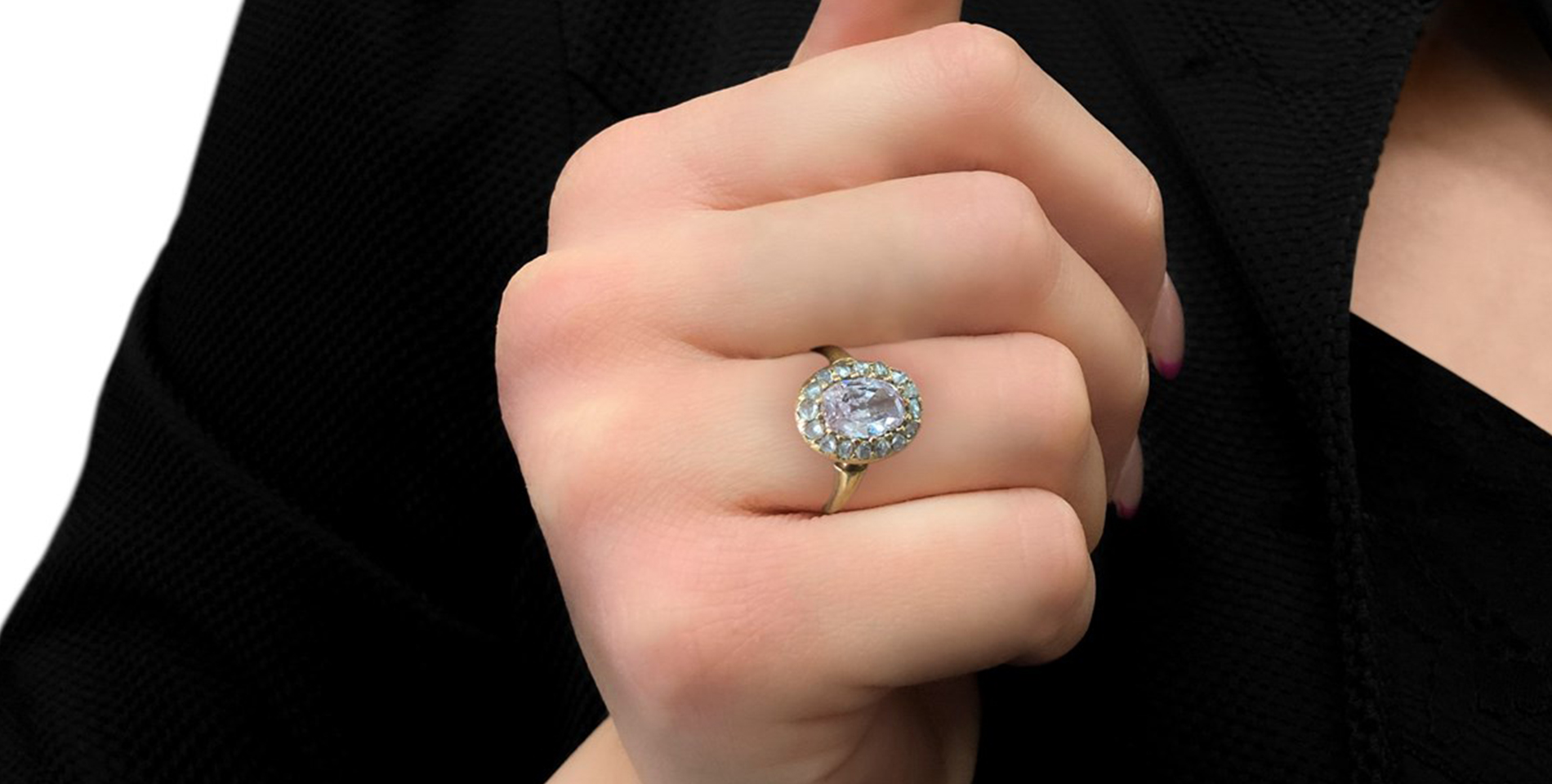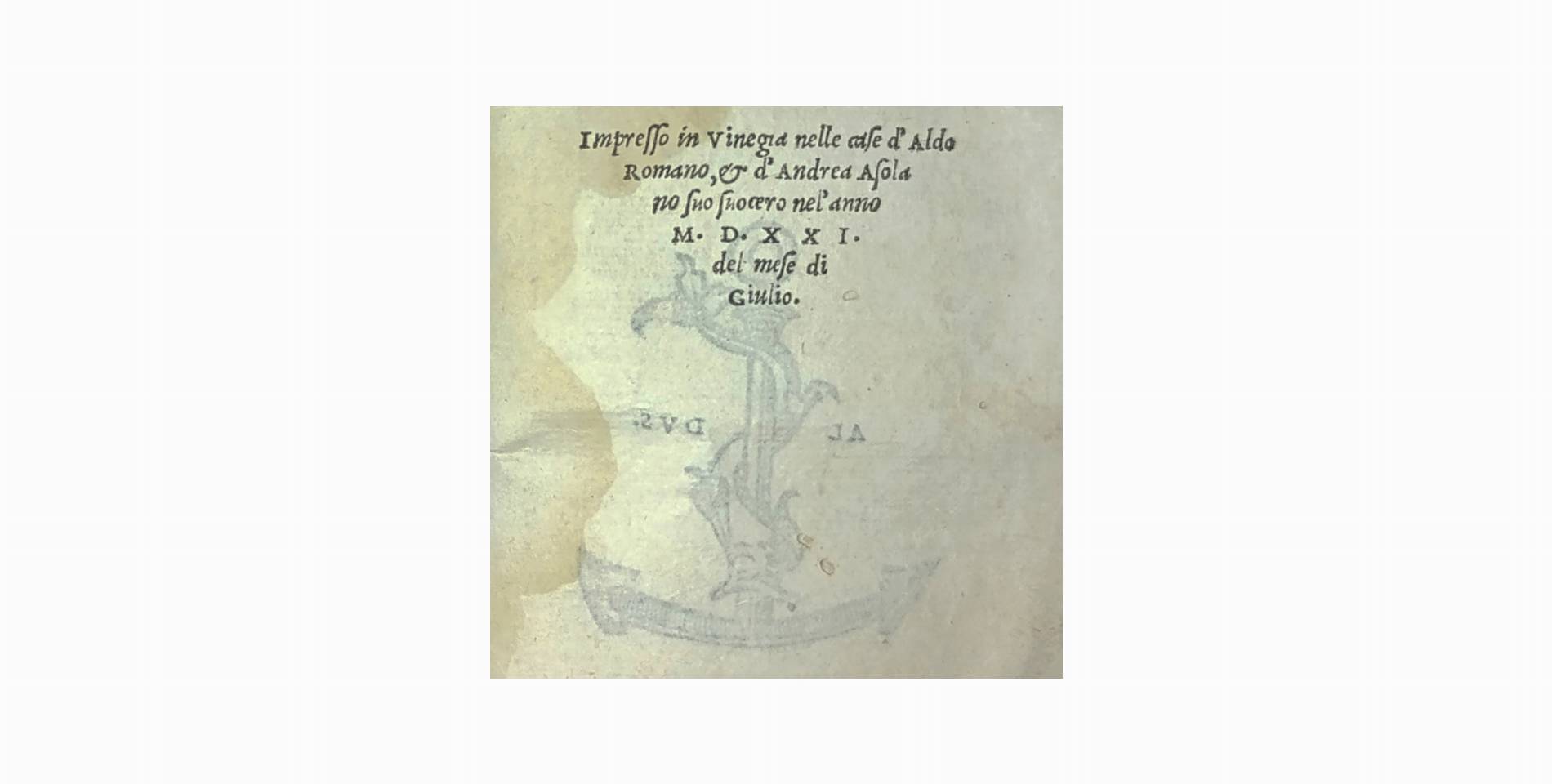-
131Live auctionthu 6 February 2025
-
-
-
-
-
-
120Live auctionsat 7 December 2024Viewing
-
-
-
Register now
Our Departments
Discover the departments of Art La Rosa Auction House where you will be able to receive specific information about the artworks and contact our team of art specialists.



